A customer journey map can be an incredibly helpful tool for your business. These maps outline every step that your customer goes through while engaging with your company, from learning about you for the first time to making repeat purchases. A customer journey map helps ensure that your customers are the center of your marketing — it should include touchpoints, frustrations, purchasing motivations, and the like. Creating one can help you identify pain points and keep your customers engaged throughout their buying process.
In this article, we’re going to outline how you can create a customer journey map for your inbound sales funnel.
Start by defining your buyer personas
Before creating your customer journey map, you need to build and define your buyer personas. A buyer persona is a semi-fictional representation of your ideal customers. They typically include things like age, name, interests, and how customers like to interact with your brand.
Here are some tips for defining your own buyer personas:
- Conduct research to find demographic information
- Learn which social media channels your customers use the most
- Find customer pain points
- Make inferences about customer personalities and hobbies
- Identify the goals customers have with your business
Then, identify the most common characteristics — now you have the basis of a buyer persona.
Then map out your buyer touchpoints
Next, it’s time to map out your buyer touchpoints so you can add them to your journey map. Buyer touchpoints are any form of interaction someone has with your business during the customer journey. For instance, a consumer might see a Facebook ad for your business, look at reviews, and decide a few days later to make a purchase. Because digital advertising is so complex and creates a lot of different pathways to your business, understanding buyer touchpoints is more important than ever.
Take a look at this helpful chart from SurveyMonkey on different types of customer touchpoints before, during, and after a purchase.
Put yourself in your customers’ shoes! How do your customers tend to hear about your business for the first time? What kinds of devices do they use to make a purchase? Do people come to you for information first or just products? These are the types of questions you need to answer when determining your touchpoints.
Consider what questions your customers are likely to have
You can create more customer touchpoints by publishing content that addresses common questions your target audience will have. This is important for your content marketing strategy and is great for your search engine optimization (SEO). It can get you a boost in the search engine results and send more traffic your way, as well.
There are a lot of different ways to come up with content ideas that address customer questions. You can start by checking in with your customer service team; see if there are any common inquiries that your team gets regularly. Basing content off of these can help you target and attract the attention of your ideal audience.
You can also conduct some question keyword research. Head to Answer the Public with a list of words and phrases related to your business. Plug these words into the tool, and they’ll provide you with a list of questions that people are searching for on any given topic. Incorporating these into your content is another great way to boost your SEO!
Let’s take a look at a few examples of businesses that incorporate question-based content into their strategy well for inspiration.
For instance, The RealFX Group, a mortgage loan lending company based out of Texas, has an article that discusses if student loans can affect a person’s ability to buy a home. The article covers how student loans affect credit scores, the debt-to-income ratio, and more. It’s thorough and helps reassure younger home buyers that they have options for homeownership, even in the face of student loan debt.
Student loans in America are a huge topic right now — by writing an article on this subject, The RealFX Group is able to boost their SEO and draw in their target audience members at a new touchpoint. On your website, think about what types of questions people might have before getting involved with your business.
Utires, a used tire retailer, does something similar in their article on how often you should get your tires rotated and balanced. They outline what balancing and rotating tires entails, why it needs to be done, how professionals rotate and balance tires, and more.
This article is great for targeting their audience of automobile owners and creating another touchpoint for them to learn about Utires. People looking for this type of content are likely to be interested in buying new tires, as well. On your website, think about what types of guides you can create to draw in your target audience.
Lastly, PTPioneer, a personal training certification provider, has an article outlining how much money different types of personal trainers make.
They outline typical salaries for private trainers, online trainers, different certifications, and more. This article will attract different people who are gathering information about becoming personal trainers, meaning it's well-targeted to their audience. On your website, draw people in with informational guides, as PTPioneer has.
Create content that will be helpful at every stage of the journey
To get as many leads as possible, you’ll want to catch people at various stages of the customer buying journey. One of the best ways to do this is by creating content that will be helpful at every stage. Start by mapping out what kinds of questions and content your target audience will be searching for at the awareness, consideration, and decision stages of the lead funnel.
Let’s take a look at a few different businesses that have mastered this strategy for inspiration.
Felix, a healthcare service provider offering lifestyle medications for non-life-threatening conditions, has many different blog articles that target customers at every stage of the buying journey.
This article on stopping birth control, for instance, targets people at the start and end of the buying journey. People reading this article might be looking for something new to replace their birth control or preparing to stop their Felix-provided medication. Both of these types of people would benefit from reading this article! On your website, think about how you can target people at multiple stages of the buying journey in your articles. Consider the needs of all of your customers!
At Loganix, we also have content that helps target customers in the decision stage of the customer buying journey.
Our local citation building service page, for example, has a lot of information on our link building process — we explain how we can help you improve your local search traffic, speed up the discovery process, and more. This page is great for convincing readers that Loganix should be their digital marketing expert of choice!
On your website, be sure that any content aimed at people in the decision stage shows your business in the best possible light and outlines how you’re great at what you do.
Regularly revisit your customer journey map and make tweaks
It’s important to regularly revisit your customer journey map in order to see what’s working and what isn’t. You can then make tweaks so you’re always moving in the right direction, and can understand your customers as well as possible!
Be sure that you’re regularly examining the data over time. Your customer base might get older, younger, or change the ways they interact with your business as time goes on. Be sure you’re keeping track of trends in your business and industry in order to identify what changes need to be made.
Summary
A customer journey map is one of the most helpful tools you can create for your business. They can help you better understand your customer, send them more targeted content, and help you to optimize your sales funnel. In this article, we outlined how you can create your own customer journey map using buyer personas, content marketing, and more. Take a look at your data and get to work!
Find this article helpful?
This is just a small sample! Register to unlock our in-depth courses, hundreds of video courses, and a library of playbooks and articles to grow your startup fast. Let us Let us show you!
Submission confirms agreement to our Terms of Service and Privacy Policy.
Already a member? Login
Start a Membership to join the discussion.
Already a member? Login

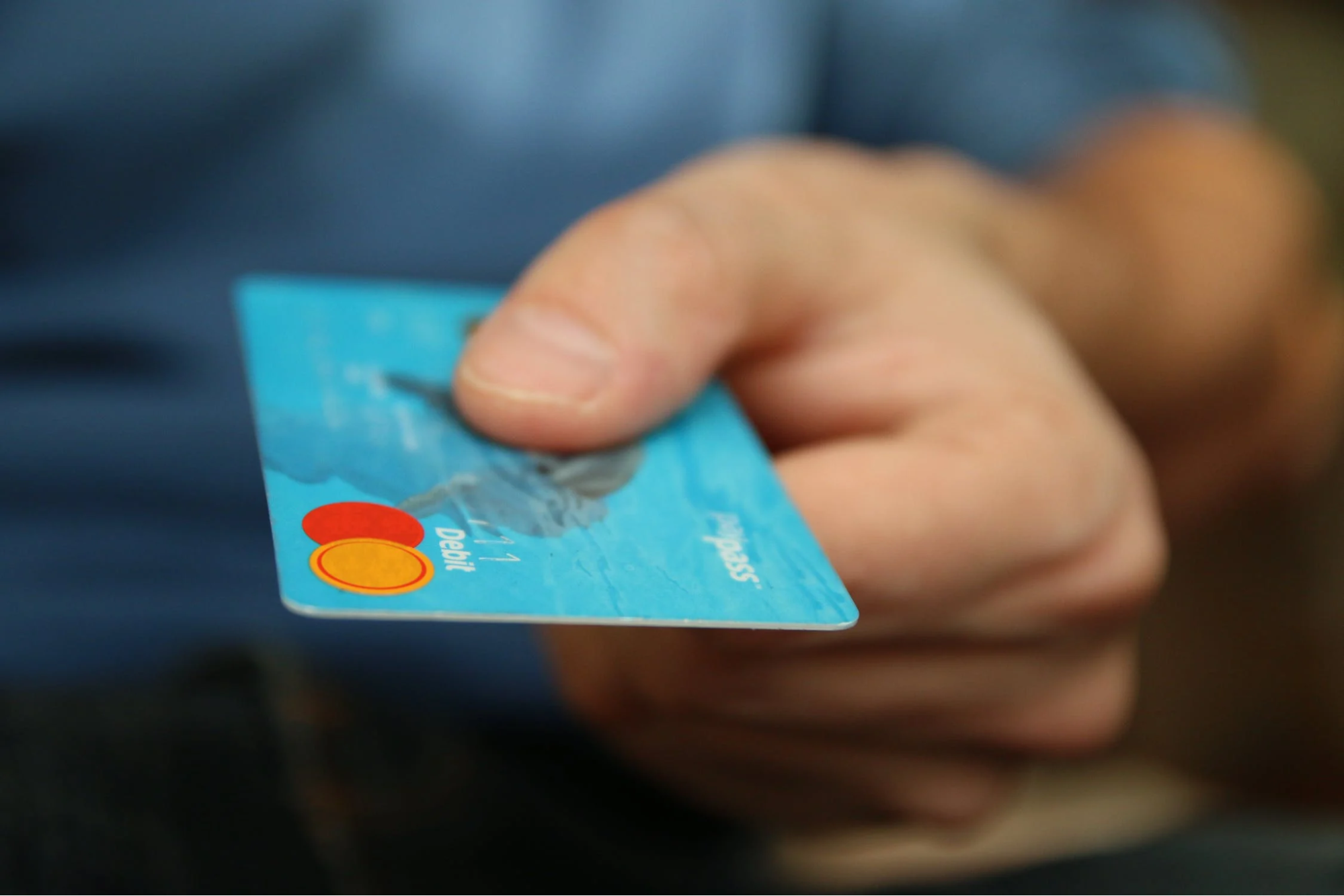
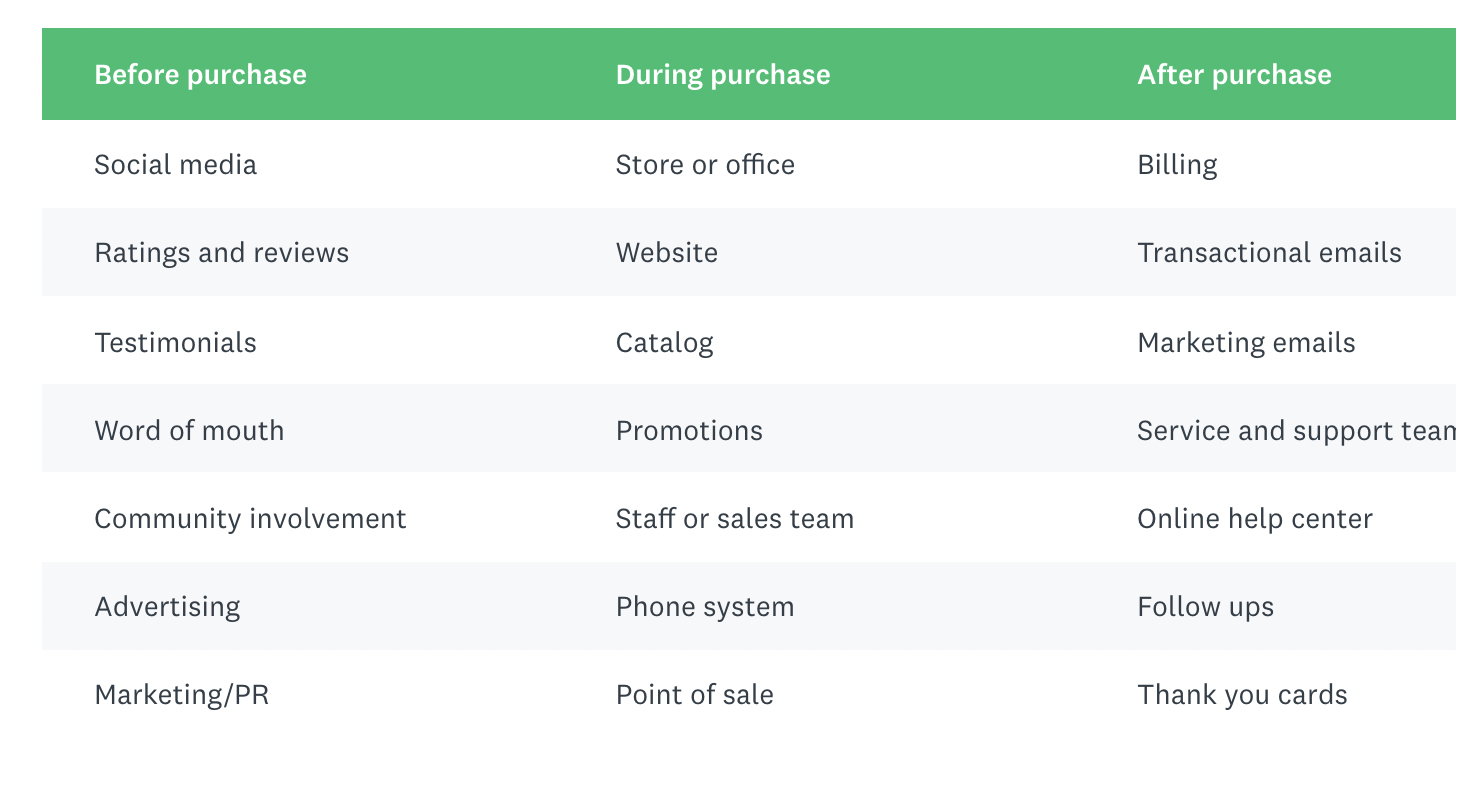
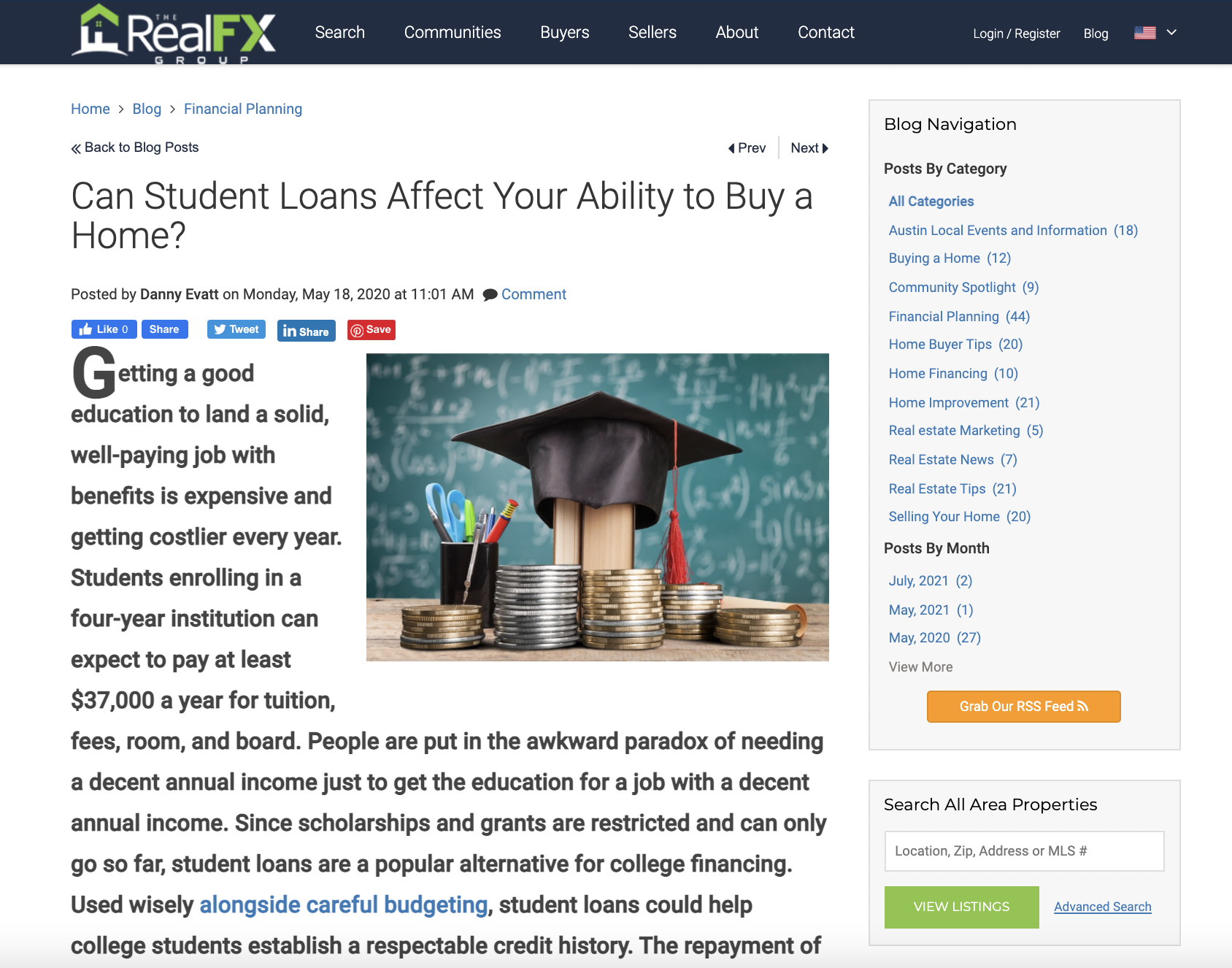
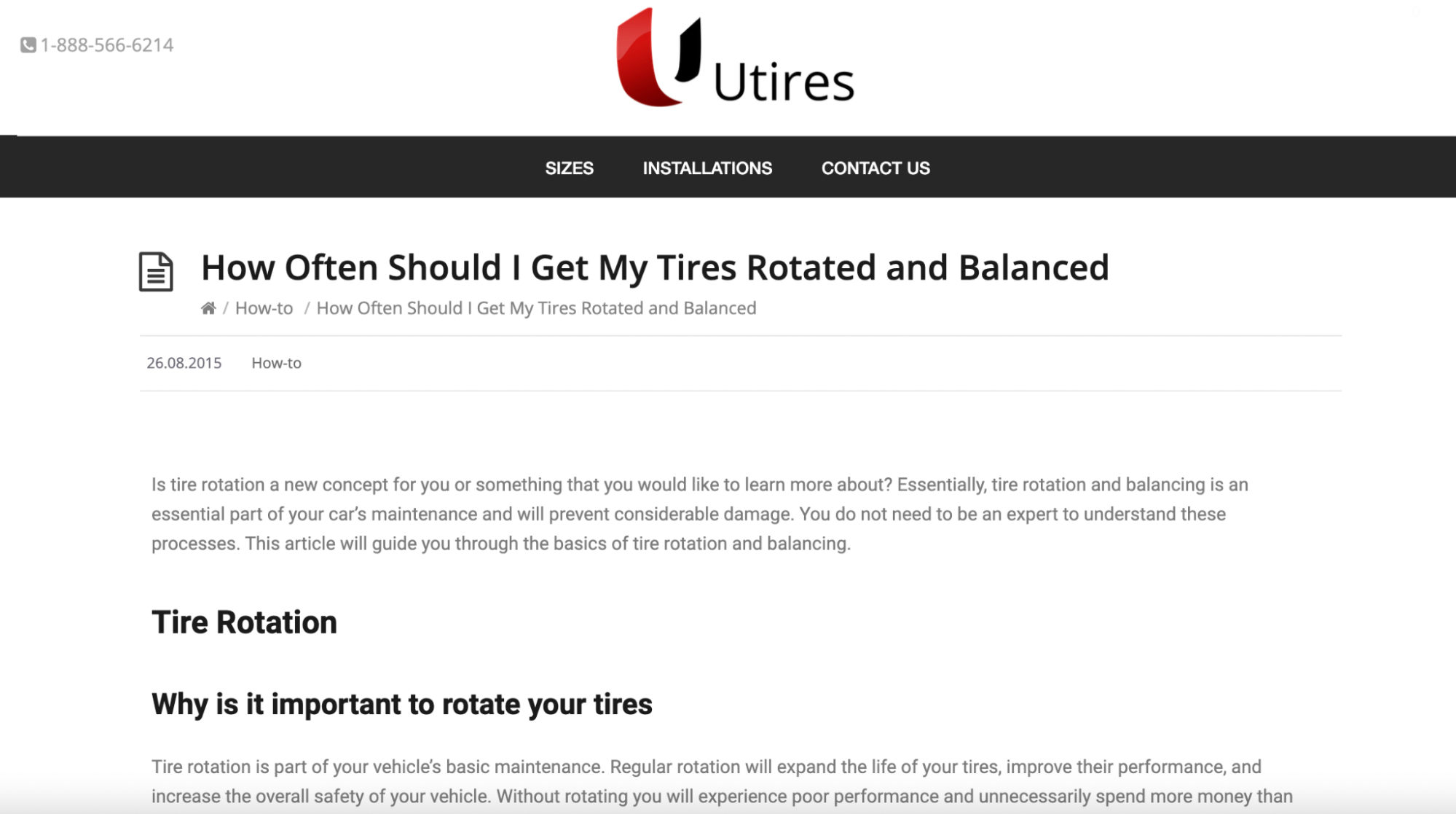
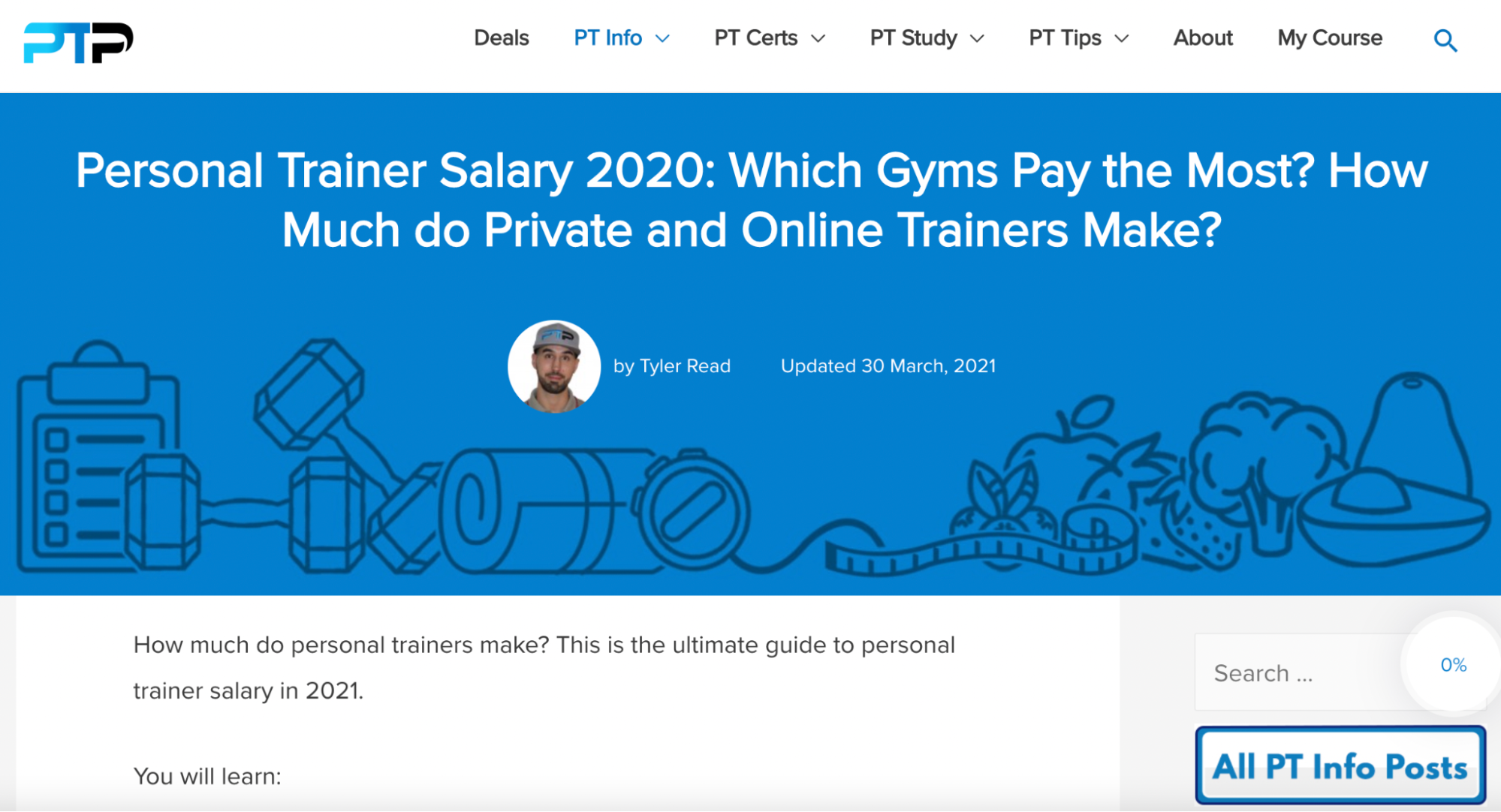
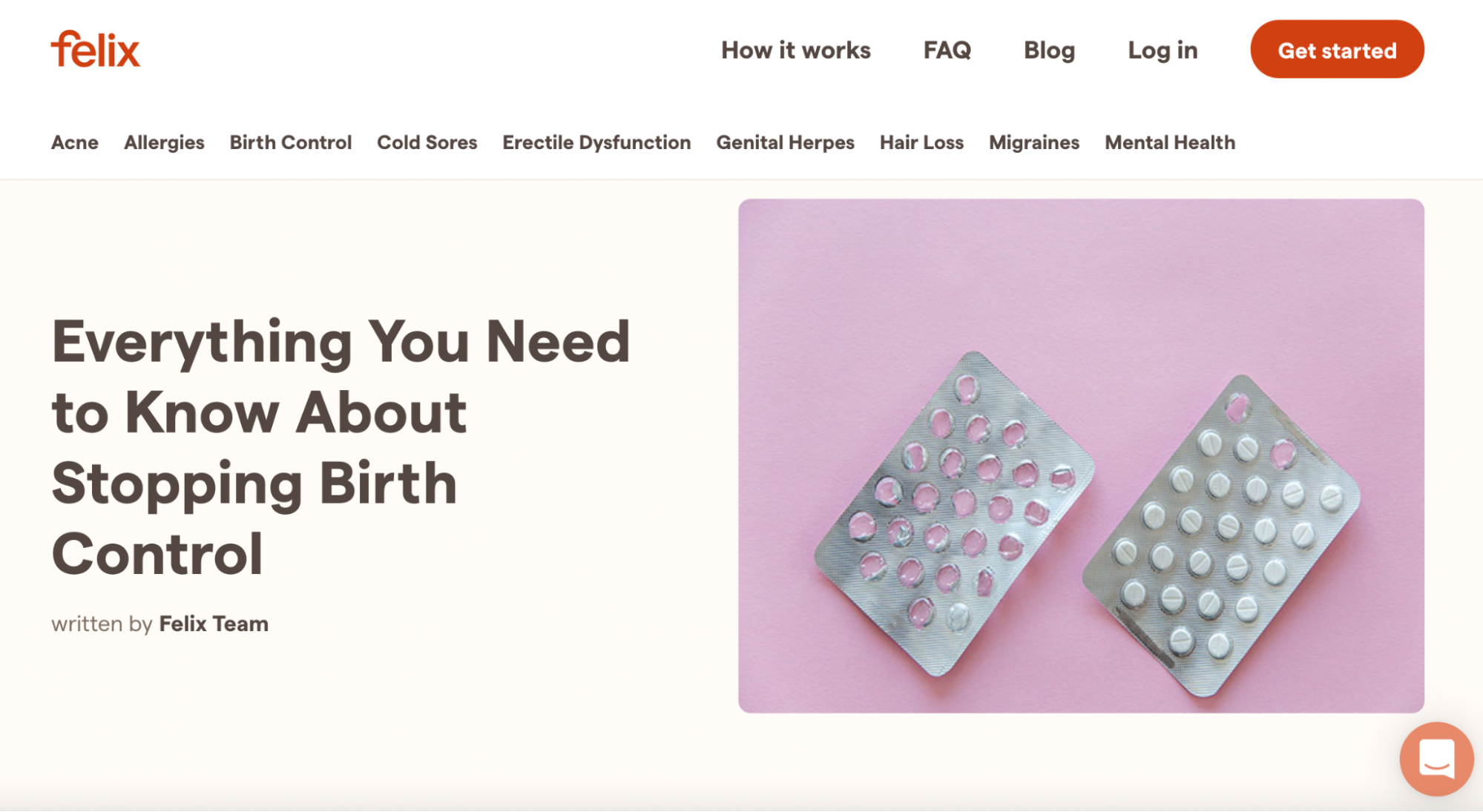
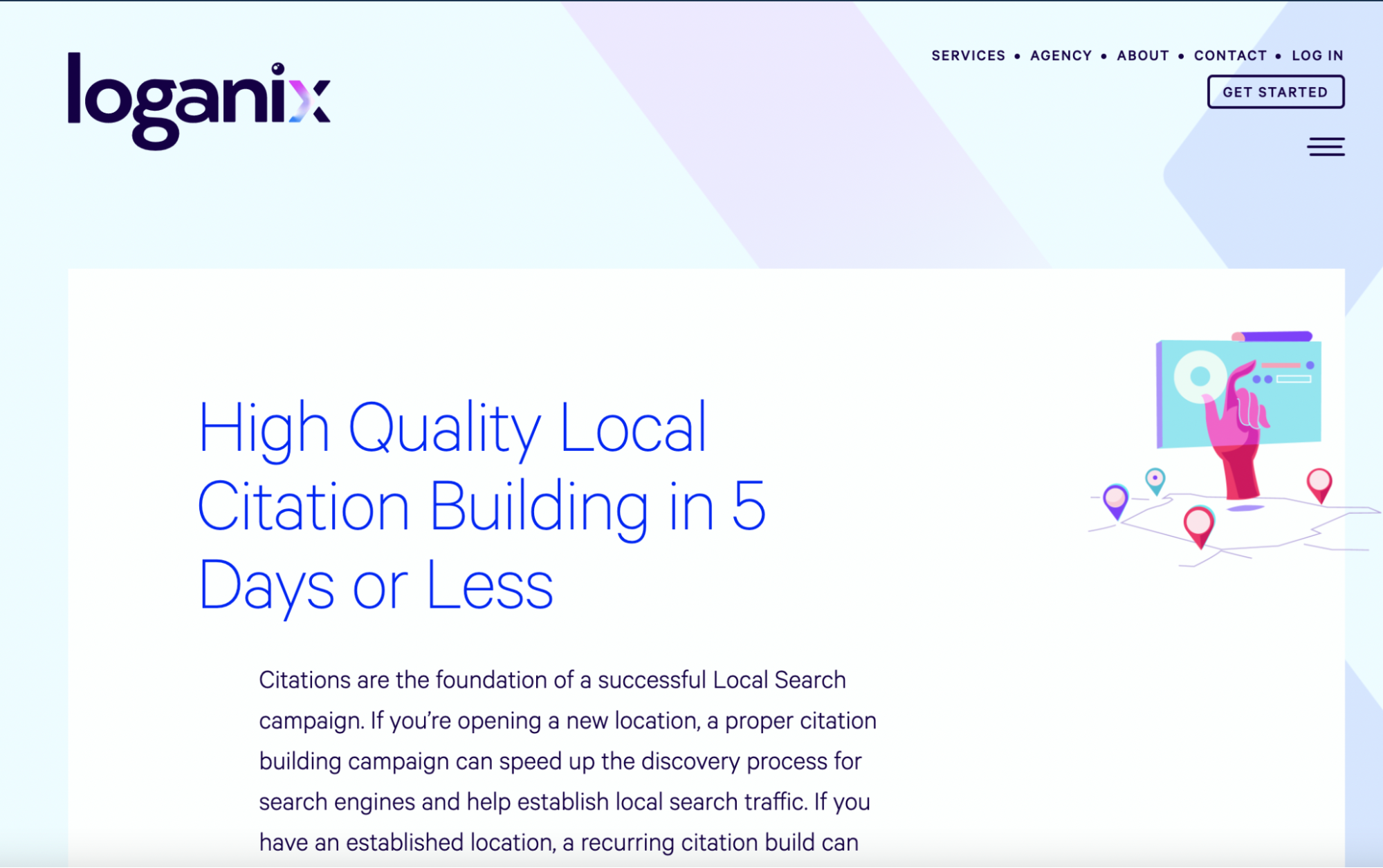
Amazing information providing by your article https://get-mxplayer.in